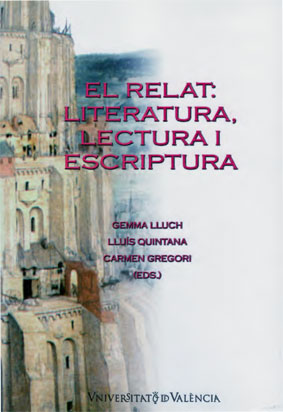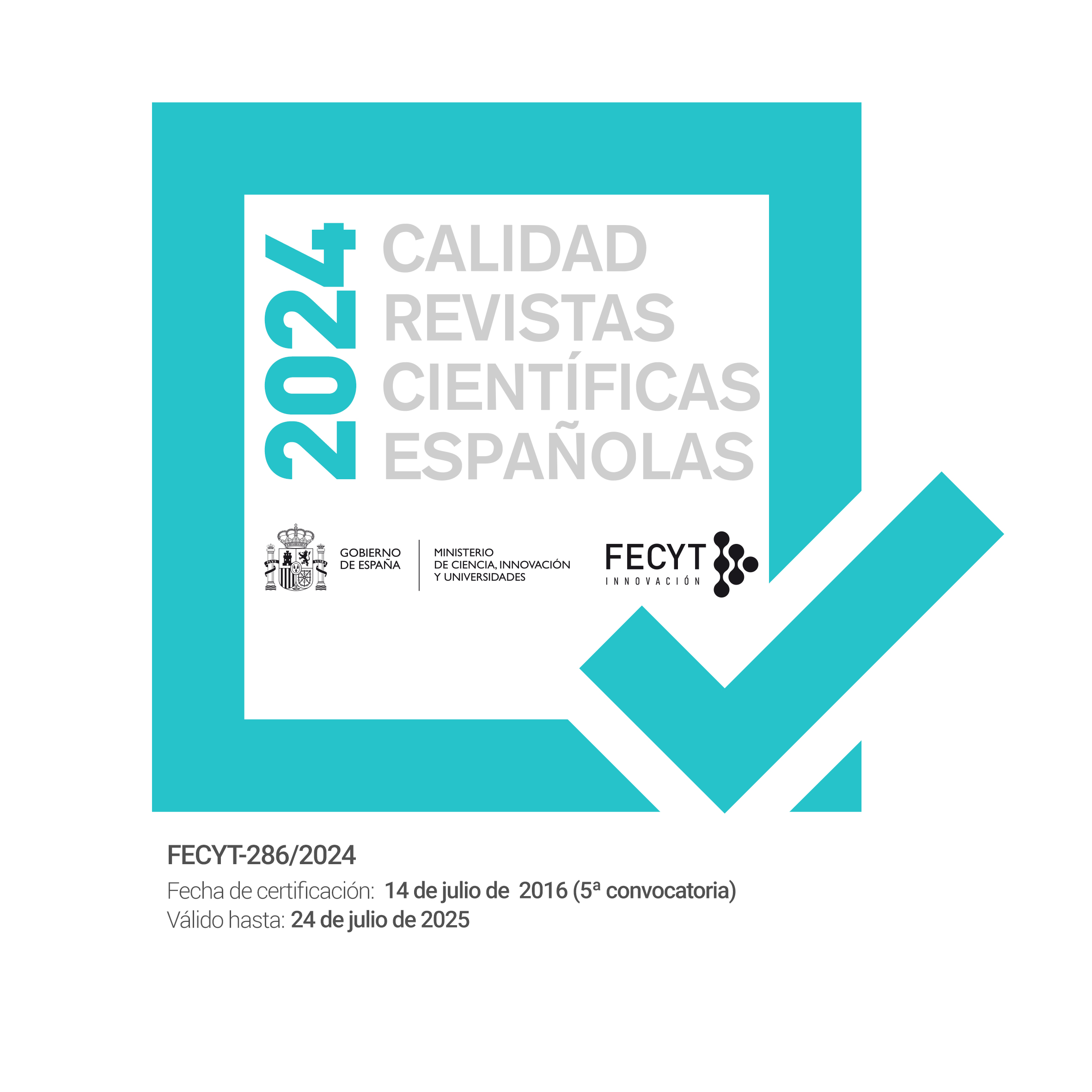Book trailer in the promotion of the story
DOI:
https://doi.org/10.7203/qf-elit.v18i0.3302Keywords:
book trailer, reader in formation, promoting books and reading, new formats Abstract
Abstract
The “book-trailer” is being established in the field of Children’s and Young Adults Literature, especially in the case of the picture book and the illustrated book, as an instrument of promotion of the book through narrative resources worth studying as far as readers formation is concerned. The objectives of this research are the following: Isolate and establish in what circumstances this resource was introduced in the field of Children’s and Young Adults Literature. Define the narratological features of the “book-trailer” depending on the target reader. Analyze the basic structure of the “book-trailer”. Establish a typology of “books-trailers” according to the categories inferred from the analysis of the given corpus. Analyze the possibilities of the “book-trailer” as a strategy to promote books or reading. The theoretical framework of this research proposal rests upon three essential elements: reception aesthetics theories and literary pragmatics, speech analysis models and the premise of the transactional theory.
 Downloads
Downloads
How to Cite
-
Abstract1470
-
PDF (Español)0
-
PDF (Català)1835
-
PDF777
Issue
Section
License
 Este obra está bajo una licencia de Creative Commons Reconocimiento-NoComercial-SinObraDerivada 4.0 Internacional.
Este obra está bajo una licencia de Creative Commons Reconocimiento-NoComercial-SinObraDerivada 4.0 Internacional.
Authors who publish with this journal agree to the following terms:
- Authors retain copyright and grant the journal right of first publication with the work simultaneously licensed under a Creative Commons Attribution License that allows others to share the work with an acknowledgement of the work's authorship and initial publication in this journal.
- Authors are able to enter into separate, additional contractual arrangements for the non-exclusive distribution of the journal's published version of the work (e.g., post it to an institutional repository or publish it in a book), with an acknowledgement of its initial publication in this journal.
- Authors are permitted and encouraged to post their work online (e.g., in institutional repositories or on their website) prior to and during the submission process, as it can lead to productive exchanges, as well as earlier and greater citation of published work (See The Effect of Open Access).




